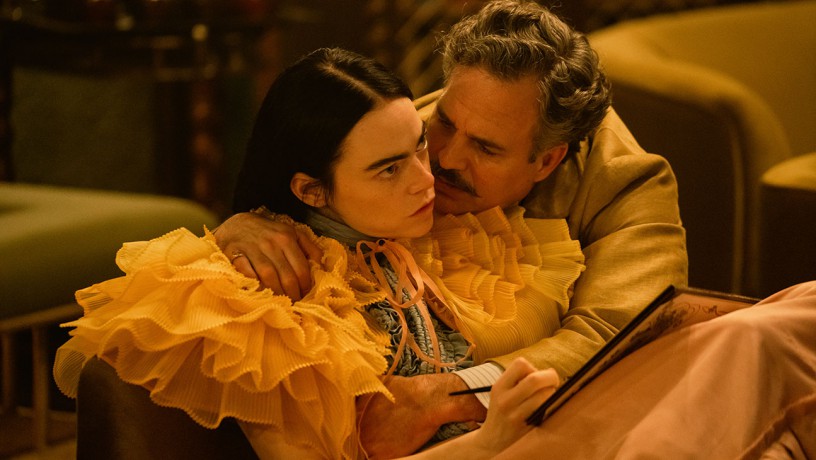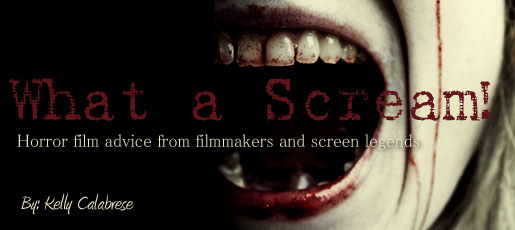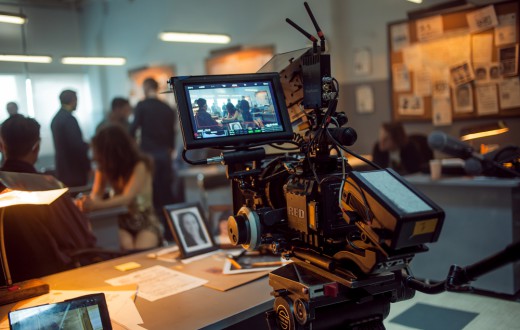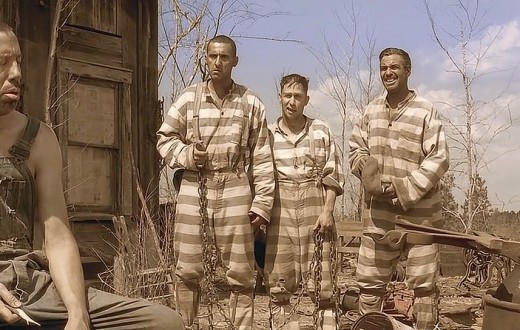Emma Stone, Mark Ruffalo, Willem Dafoe and Ramy Youssef unleash chaos in Yorgos Lanthimos’ unique Victorian-era take on “Frankenstein,” striking a discordant yet fascinating tone.
As the curtain rises on the cinematic landscape of 2024, one film emerges as a beacon of artistic brilliance, captivating audiences and critics alike: ‘Poor Things‘. This cinematic gem, a blend of dark comedy and surreal drama, has not only swept box offices but also stirred the hearts of actors and enthusiasts of the acting craft. But what exactly makes ‘Poor Things’ a masterpiece in the eyes of actors?
View the full list of cast & crew at IMDb.
View the current list of awards on IMDb.
A Script That Dares to Dream
At the core of ‘Poor Things’ lies a script that is nothing short of a thespian’s dream. Adapted from a novel renowned for its complexity and depth, the screenplay weaves a narrative that is as intellectually stimulating as it is emotionally resonant. For actors, this script offers a fertile ground for creative exploration, allowing them to delve into multifaceted characters and bring to life their intricate layers.
Characters That Challenge and Captivate
Speaking of characters, ‘Poor Things’ presents a roster of roles that are a far cry from the one-dimensional stereotypes often seen in mainstream cinema. Each character is a universe unto themselves, with backstories and motivations that offer actors a chance to showcase their range and depth. From the protagonist’s transformative journey to the nuanced portrayals of supporting characters, the film serves as a veritable masterclass in character development.
Direction That Understands Actors
The director of ‘Poor Things’ has been lauded not just for their visionary storytelling but also for their actor-centric approach. With a background in theatre, the director brings a deep understanding of the actor’s process, creating an environment where performers feel both challenged and supported. This synergy between direction and performance is palpable in every scene, making the film a shining example of collaborative artistry.
Cinematography That Elevates Performances
The visual narrative of ‘Poor Things’ is another aspect that actors have been raving about. The cinematography doesn’t just capture performances; it elevates them, creating a visual language that complements the emotional depth of the actors. Whether it’s a subtle close-up or a grand, sweeping shot, the cinematography ensures that the actors’ craft remains the focal point.
A Training Ground for Emotional Depth
For aspiring and seasoned actors alike, ‘Poor Things’ is more than just a film; it’s a training ground. The emotional range required by the script offers a rare opportunity for actors to stretch their emotional muscles, exploring the depths of despair, the heights of joy, and everything in between.
A Beacon for Artistic Integrity
Finally, ‘Poor Things’ stands as a beacon of artistic integrity in an industry often swayed by commercial pressures. This film reminds actors why they fell in love with the craft in the first place – the ability to tell stories that resonate, challenge, and transcend the mundane.
In Conclusion
As ‘Poor Things’ continues to garner acclaim and admiration, it holds a special place in the hearts of actors. It’s a reminder of the power of cinema to not just entertain, but to enlighten and inspire. For actors, the film is a testament to the limitless possibilities of their craft, a celebration of the art of acting, and a benchmark for cinematic excellence. In ‘Poor Things’, actors find not just a film, but a source of inspiration, a challenge to their craft, and a reaffirmation of their love for the art of storytelling.







